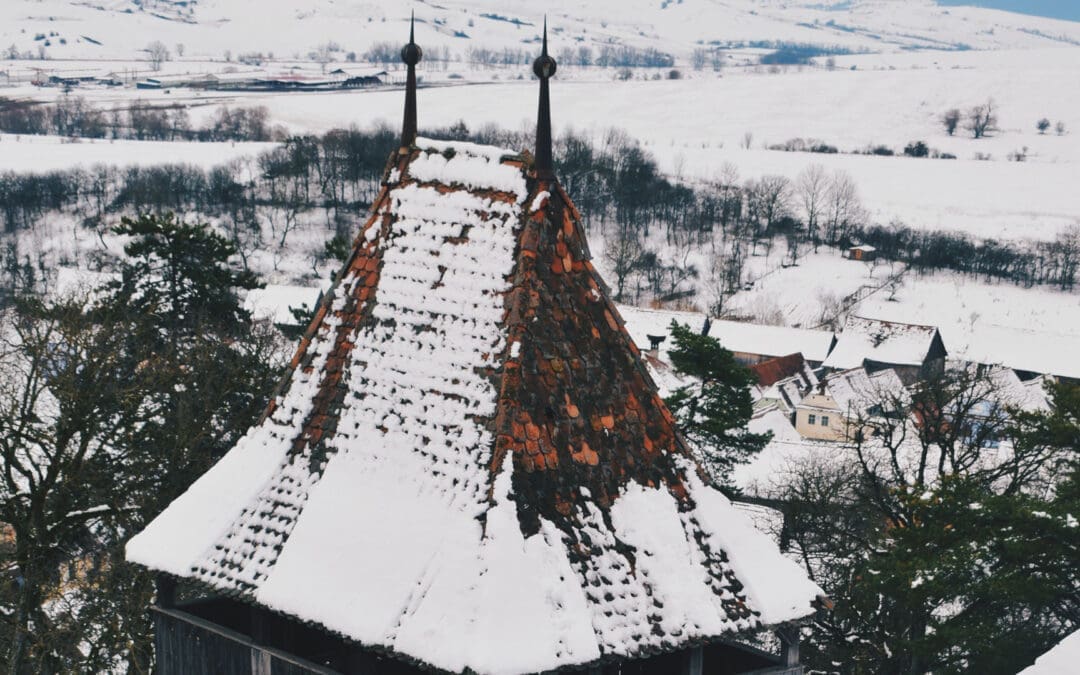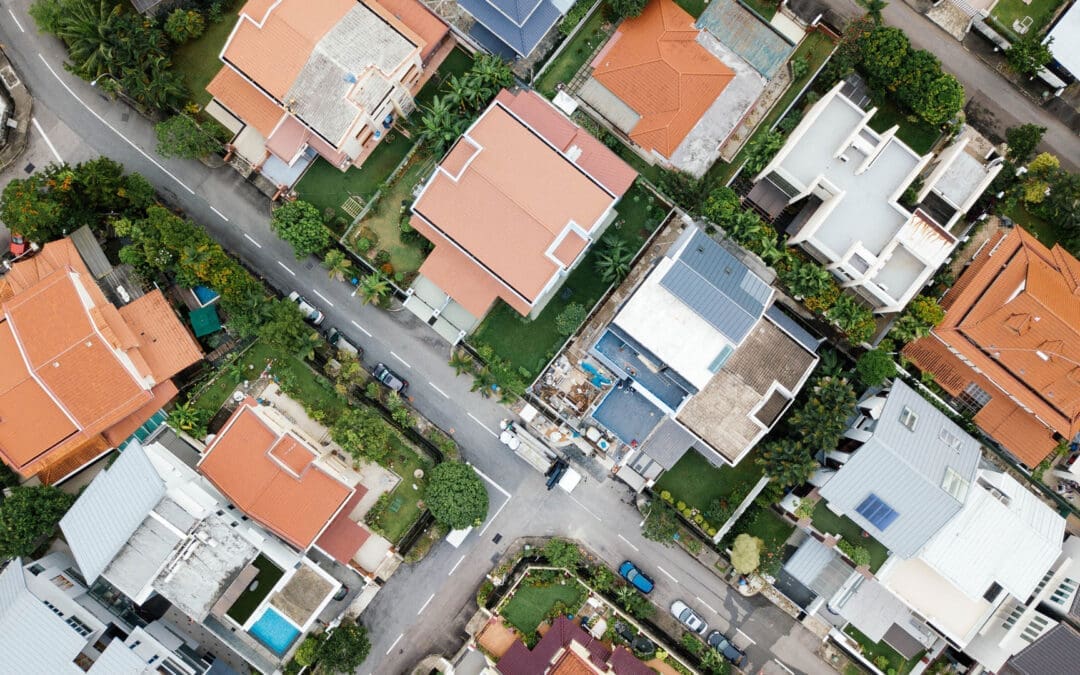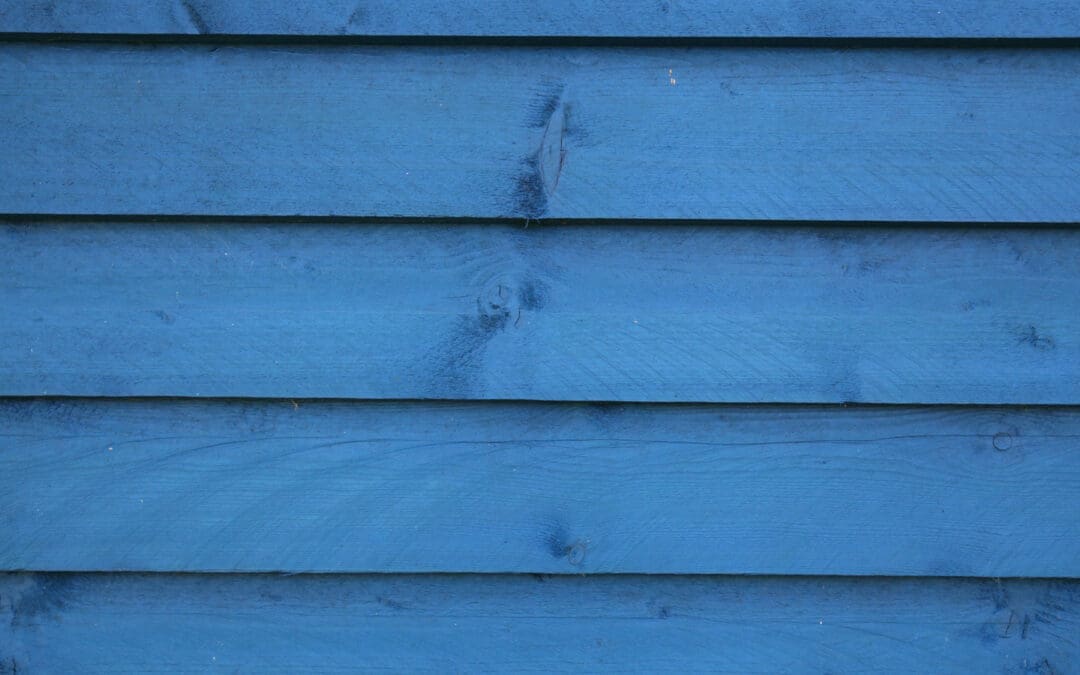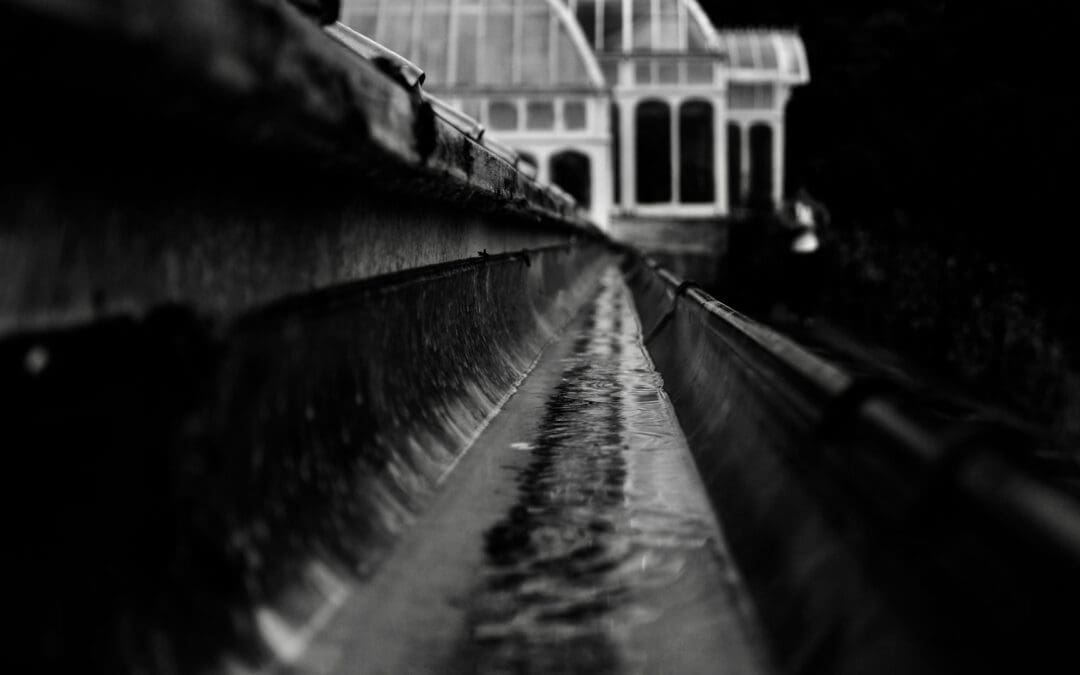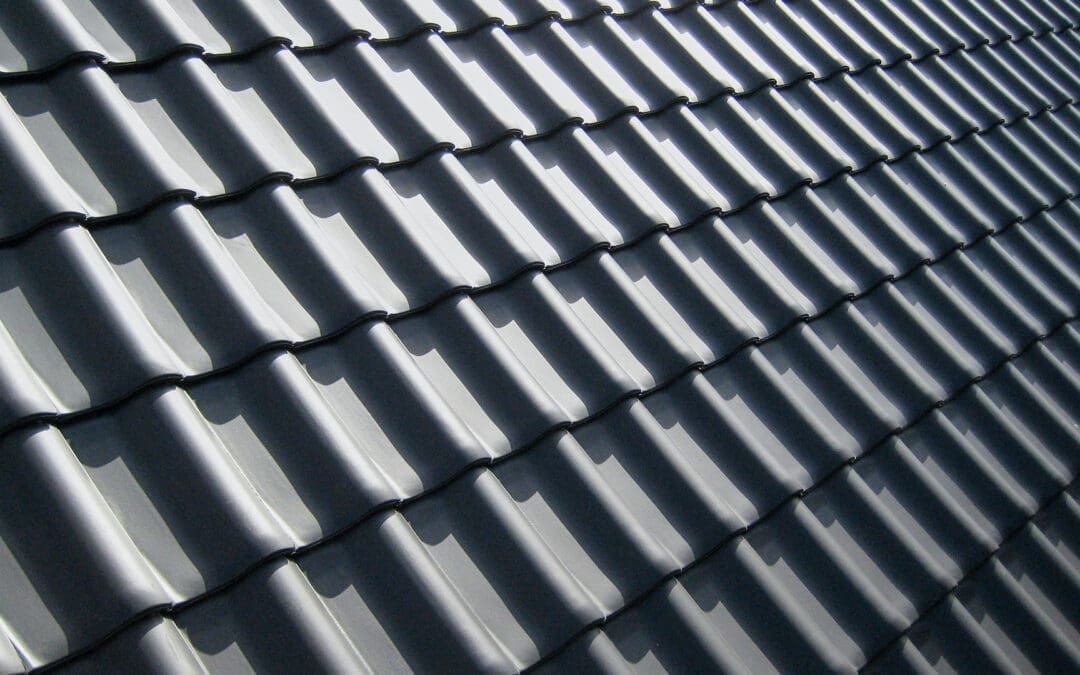
A Neighbor’s Guide to Preventing Siding Damage
Keeping Your Home’s Siding Smiling
Hey there, fellow homeowners! We all know how important it is to keep our houses looking their best, and that includes taking care of our siding. It’s like the protective skin of our homes, shielding them from the elements and keeping us cozy inside. But sometimes, our trusty siding can face some challenges. Don’t worry, though – we’re here to walk you through the top 10 common causes of residential siding damage and share some neighborly tips on how to make it last for years to come.1. Weather’s Whims
Mother Nature can be both wonderful and wild, and those intense weather conditions can take a toll on your siding. From heavy rain to scorching sun and freezing cold, your siding is your home’s first line of defense.
Neighbor Tip: Regularly inspect your siding for signs of wear and tear, such as peeling paint or cracks. Consider applying a weather-resistant finish to give it an extra layer of protection.
2. Pesky Pests
Critters like ants, termites, and woodpeckers can cause quite a ruckus, leading to unexpected siding damage. Woodpeckers, for instance, can drill holes and make a cozy home in your siding.
Neighbor Tip: Keep an eye out for any signs of pest activity around your siding and address the issue promptly. Regularly trimming nearby trees and plants can help deter pests from getting too close.
3. Moisture Matters
Siding that isn’t properly sealed can let moisture sneak in, leading to rot and mold growth. Rain, snow, and even morning dew can be culprits.
Neighbor Tip: Check your siding’s caulking and seals regularly to ensure they’re intact. If you spot any gaps, fill them up promptly to keep moisture out.
4. Gutter Grief
If your gutters aren’t in tip-top shape, water can spill over and damage your siding. Overflowing gutters can cause water to seep into the walls and weaken your siding’s structure.
Neighbor Tip: Regularly clean and maintain your gutters to ensure they’re directing water away from your siding. This simple step can prevent a lot of potential damage.
5. Unwanted Growth
Moss, algae, and mildew might find your siding inviting. Not only can they make your home look less appealing, but they can also eat away at your siding’s surface over time.
Neighbor Tip: Give your siding a good scrub with a mixture of water and mild detergent to remove any growth. Consider trimming back plants that are too close to the siding to prevent them from creating a damp environment.
6. Rough Play
We love having fun in our yards, but sometimes, stray baseballs, lawnmowers, or other accidental collisions can lead to dents and cracks in your siding.
Neighbor Tip: Create designated play areas to keep the action away from your home’s exterior. If you notice any dings or dents, address them promptly to prevent further damage.
7. DIY Mishaps
While a DIY spirit is admirable, improperly installed siding can cause more harm than good. Poor installation can lead to gaps, buckling, and moisture infiltration.
Neighbor Tip: If you’re considering a siding installation or repair, it’s wise to consult with a professional. They have the expertise to ensure the job is done right the first time.
8. Sun’s Rays
We all enjoy a sunny day, but those UV rays can cause your siding’s color to fade over time. This can lead to a dull appearance and reduced curb appeal.
Neighbor Tip: Opt for siding with UV-resistant finishes to help it maintain its vibrant color. Regularly cleaning your siding can also prevent dirt and grime buildup that contributes to fading.
9. Age and Wear
Siding, like anything else, ages with time. The older it gets, the more vulnerable it becomes to damage from various factors.
Neighbor Tip: Keep an eye out for signs of aging, such as cracked or brittle siding. If your siding is reaching its golden years, it might be a good idea to consider a replacement or thorough inspection.
10. Ignoring Maintenance
Sometimes, life gets busy, and we forget to give our siding the attention it deserves. Neglecting regular maintenance can lead to small issues escalating into bigger problems.
Neighbor Tip: Set up a siding maintenance schedule. Regularly inspect your siding, clean it, and address any small repairs promptly to prevent them from snowballing into major damage.
Remember y’all, keeping your siding happy and healthy isn’t just good for appearances – it’s essential for protecting your investment and creating a welcoming home. By staying vigilant and addressing issues as they arise, you’ll be ensuring that your siding stands strong against whatever challenges come its way. Here’s to happy siding and happy homes for us all!

